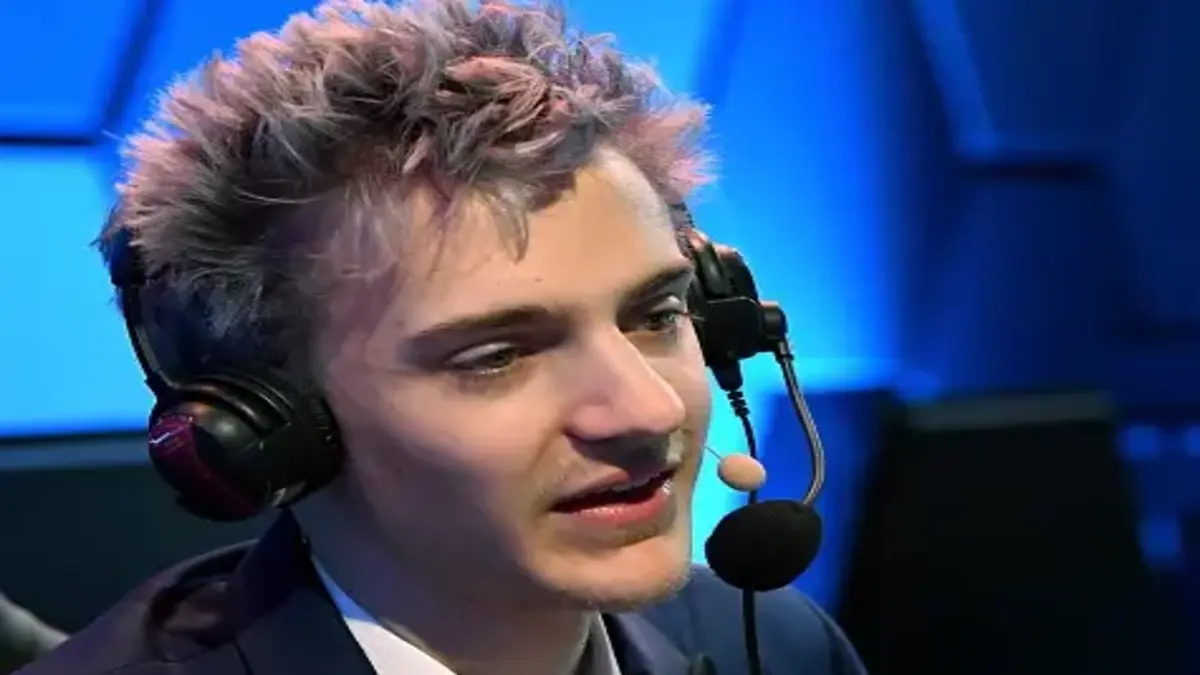
Understanding Skin Cancer: The Enemy You Can Fight
Popular Twitch streamer Tyler Blevins “Ninja” Blevins recently revealed he was diagnosed with melanoma, a type of skin cancer. Ninja’s story highlights the importance of skin health and serves as a wake-up call for everyone to be proactive about sun protection and early detection.
What Tyler Blevins Aka Ninja Has To Say
In a bold and courageous move, Tyler “Ninja” Blevins, the beloved Twitch sensation, fearlessly disclosed his battle with melanoma, a formidable foe in the realm of skin cancer. With unwavering determination, Ninja’s revelation ignites a beacon of awareness, urging us all to confront the shadows of neglect and embrace the sun’s warmth responsibly. His story isn’t just about personal struggle; it’s a rallying cry for bravery in the face of adversity. Let’s stand together, emboldened by Ninja’s resilience, and champion the cause of skin health through vigilance and unwavering resolve.
He writes on X:
Alright I’m still in a bit of shock but want to keep you all updated. A few weeks ago I went in to a dermatologist for an annual skin/mole check that Jess proactively scheduled for me. There was a mole on the bottom of my foot that they wanted to remove just to be careful. It…
— Ninja (@Ninja) March 26, 2024
Skin cancer is the most common form of cancer in the United States.
There are three main types:
Melanoma: This aggressive form, like the one Ninja has, develops from pigment-producing cells. While less frequent than other types, it can spread quickly if not caught early.
Basal Cell Carcinoma (BCC): The most prevalent type, BCC usually appears as a bump or lesion and rarely spreads beyond the original site. Early detection and treatment are crucial to prevent disfigurement.
Squamous Cell Carcinoma (SCC): This form arises from the outer layer of skin and often occurs on sun-exposed areas. While treatable, SCC carries a higher risk of spreading compared to BCC.
Spotting the Signs: Early Detection Saves Lives
Regular skin self-exams are vital for early detection. Use the ABCDE method to check for suspicious moles:
- Asymmetry: Does one half look different from the other?
- Border: Is the edge irregular or blurred?
- Color: Is there a variation in color within the mole?
- Diameter: Is it larger than a pencil eraser (around 6 millimeters)?
- Evolving: Has the mole changed in size, shape, or color?
If you notice any concerning changes, schedule an appointment with a dermatologist for a professional evaluation.
Prevention is Key: Protecting Yourself from the Sun’s Harmful Rays
Simple sun safety practices can significantly reduce your risk of skin cancer:
- Sunscreen: Apply broad-spectrum SPF 30 or higher sunscreen daily, even on cloudy days. Reapply every two hours, especially after swimming or sweating.
- Seek Shade: Especially during peak sun hours (10 am to 4 pm), find shade whenever possible.
- Protective Clothing: Cover up with long-sleeved shirts, pants, wide-brimmed hats, and UV-protective sunglasses.
- Taking Control of Your Health: Learn from Ninja’s Story
Ninja’s experience is a powerful reminder that skin cancer can strike anyone, regardless of age or background. By following sun safety practices, performing regular skin checks, and seeking professional help for suspicious lesions, we can all take control of our skin health and win the battle against skin cancer.
FAQs: Skin Cancer Awareness Inspired by Ninja’s Story
Q: What is skin cancer?
A: Skin cancer is the abnormal growth of skin cells. It’s the most common form of cancer in the United States, with three main types: Melanoma (like Ninja’s), Basal Cell Carcinoma (BCC), and Squamous Cell Carcinoma (SCC).
Q: What are the risk factors for skin cancer?
A: The biggest risk factor is UV exposure from the sun or tanning beds. Other factors include fair skin, a history of sunburn, a weakened immune system, and having many moles.
Q: How can I check for skin cancer?
A: Perform regular skin self-exams using the ABCDE method: Asymmetry, Border irregularity, Color variation, Diameter larger than 6 millimeters (pencil eraser), and Evolving (changes in size, shape, or color). Schedule annual skin screenings with a dermatologist, especially if you have a family history of skin cancer.
Q: How is skin cancer treated?
A: Treatment depends on the type and stage of the cancer. Common options include surgery, radiation therapy, topical medications, and immunotherapy. Early detection is crucial for successful treatment.
Q: How can I prevent skin cancer?
A: Practice sun safety! Apply broad-spectrum SPF 30 or higher sunscreen daily, seek shade during peak sun hours, wear protective clothing (hats, long sleeves), and avoid tanning beds.
Q: What can I learn from Ninja’s story?
A: Ninja’s experience highlights the importance of skin health awareness. It’s a reminder that anyone can develop skin cancer, regardless of age or profession. Be proactive about sun protection, conduct regular skin checks, and don’t hesitate to see a doctor if you notice anything concerning.
Read More >>https://trenditweetz.com/ronna-mcdaniel-fired-by-nbc-did-anchor-revolt-force-her-out/





